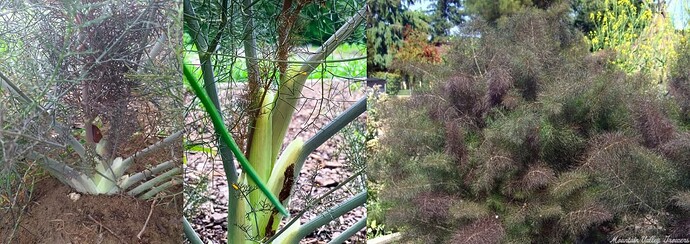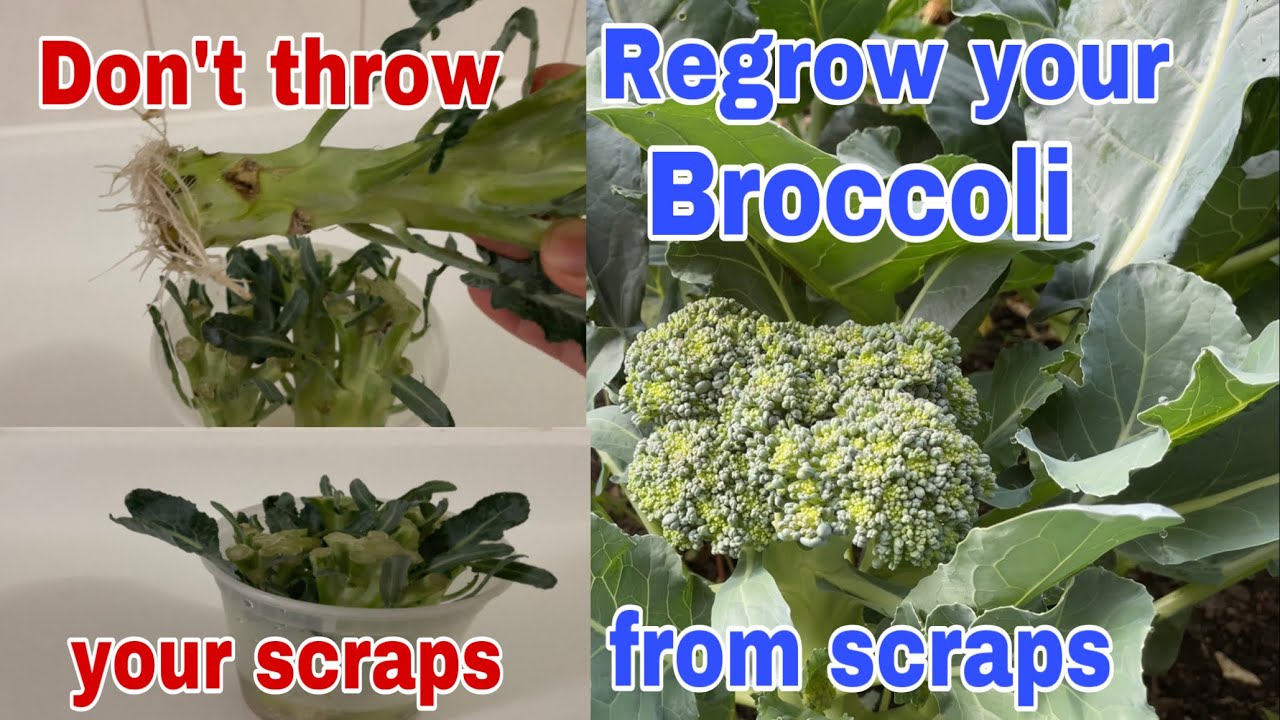Brassica species have to be able to form mycorrhizal relationships, because they seem to do so with elm oyster mushrooms (Hypsizygus ulmarius). Or at least, when grown among elm oyster mushrooms, they tend to have yields four to six times higher.
I read that a few years ago and have it in my notes; I went hunting for the original source, and can’t find it. If you can find the paper it came from, neato. Either way, I plan to test it out at some point.
Elm oyster mushroom (which is not the same as oyster mushroom – completely different genus) is an edible mushroom that is parasizes elm trees and helps brassicas grow way better. Yes, please! 
I haven’t bought spawn for that species yet because I don’t want to introduce it while I have an enormous sixty-foot Siberian elm ten feet away from my house.  I don’t want to risk that tree getting sick and falling onto my roof. But whenever my neighbor can afford to have that tree cut down, I would like to introduce elm oyster mushroom spawn, in order to simultaneously weaken the swarm of Siberian elm suckers that keep invading everything, and to help my brassicas grow better. Yes, please!
I don’t want to risk that tree getting sick and falling onto my roof. But whenever my neighbor can afford to have that tree cut down, I would like to introduce elm oyster mushroom spawn, in order to simultaneously weaken the swarm of Siberian elm suckers that keep invading everything, and to help my brassicas grow better. Yes, please! 
Yes, I saved seeds from the Long Island brussels sprout plant that survived flowering, as well as the other two that survived their first winter to make seeds. I didn’t save them separately; they were all mixed together.
I shared some of those seeds, and sowed most of the rest, in August 2023. I wound up with about 200 little itty bitty sprouts, 6 of which survived the winter, 4 of which got quite pleasantly big. All six plants did fine through my extremely hot, dry summer, although I’ll note that I sowed them in full shade and watered them twice a week.
All six plants are still alive now. They have big, fat kohlrabi-like stems and a lot of brussels sprouts-like underarm buds. I was hoping I would get the best of both worlds, and it looks like I did! The leaves taste good; nothing special, but good. That’s the only part of them I have tasted so far. I’m hoping they will flower and make seeds this spring.
Obviously I plan to share seeds . . . 
I have three other Brassica plants scattered through my yard. In my orchard are a Brassica rapa and a Brassica napus. They sprouted in spring 2024. The former is a small plant, probably a Red Russian kale. The taste is good. The latter is quite big, and it has the tastiest leaves in my garden. I reallllllly hope that one makes seeds this spring.
The last plant is definitely a perennial kale, which sprouted in spring 2023 and happily survived and kept on trucking after making seeds in spring 2024. Yesssssssss. (Steeples fingers.) It came from the Going to Seed 2024 kale+ mix . It makes lots of flowerbuds in spring – there were plenty for me to eat, as well as plenty to save seeds from. The stems were delicious, too. The flowerbuds and stems taste exactly like excellent broccoli. I am very, very fond of that plant. Its one downside is that scale aphids love to cover it all summer, which is not my favorite thing in the world. But it survives that and is scale-less in winter and early spring, when it’s tastiest to eat anyway, so I can forgive it for that fault.
Especially since it’s obviously very heat and drought tolerant – it’s been in full sun all summer with no shade and very little water for two summers in a row, and it was my only survivor in those conditions from that whole kale+ pack. It still tastes pretty good in summer, too; just some bitterness because of the heat. And I have to wash off the scale aphids. (Okay, I don’t have to – scale aphids are perfectly edible, and essentially extra protein. It’s just that they have a strong flavor. Not an unpleasant one, just strong, and I prefer the flavor of broccoli.)
Anyway, that’s my favorite brassica plant right now. It doesn’t offer any obvious special phenotypes, so it’s probably considered a kale, but what a great kale! Whoever donated that seed to the 2023 kale+ mix, thank you thank you! 
![]()
![]()








